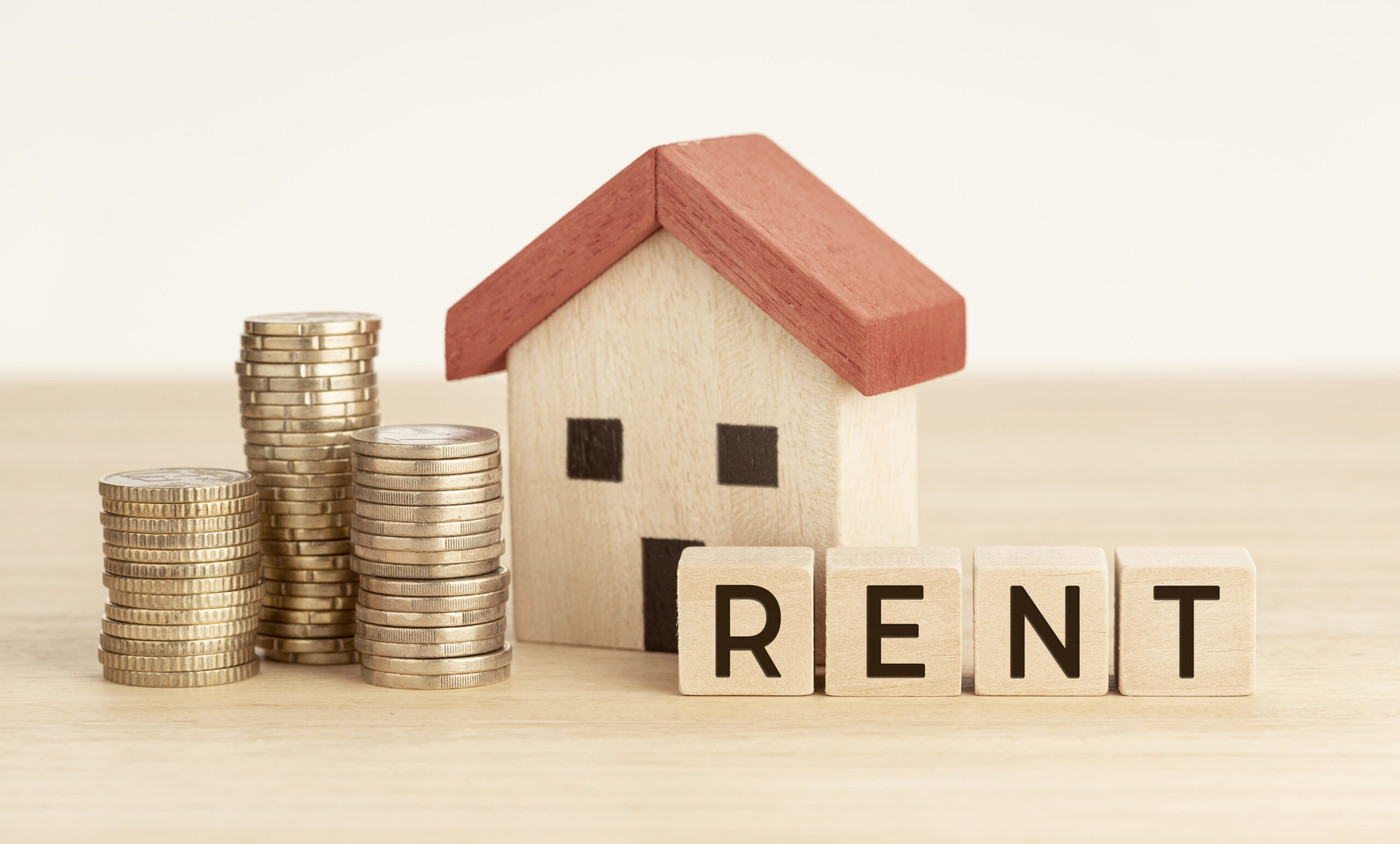The U.S. is in the midst of a housing crisis.
Unlike the 2008 housing market collapse, where an abundance of low-quality loans threatened to implode the housing sector, this disruption is different.
This time, low stock, surging demand, and soaring prices are working together to make housing unaffordable and inaccessible to millions of people. Simply put, the U.S. housing demand is significantly outpacing supply, and this problem is trending in the wrong direction.
The latest monthly report from the U.S. Department of Housing and Urban Development found that construction of new single-family homes declined, and while new home construction rose slightly, existing home sales slipped, shrinking supply even as builders tried to keep up with demand.
Collectively, the U.S. is short about 6.5 million homes, leaving up to 55% of prospective home buyers unable to find an option at an affordable price. This inverted supply and demand dynamic has made housing significantly more expensive and drastically less accessible. One survey found that 87% of respondents are worried about the cost of housing, while a separate analysis found that 73% of aspiring homeowners cite affordability as their primary obstacle to home ownership.
Homeownership has long been synonymous with the American Dream, but many would-be homebuyers are reorienting their approach, reconsidering renting as an effective way to attain stable housing. They are turning to single-family rentals to benefit from the upsides of a home without the upfront and upkeep costs associated with ownership.
The Rise and Relevance of Single-Family Rentals
Single-family rentals are standalone houses owned by investors or “mom and pop” landlords. These homes are rented out to tenants instead of being occupied by the owner.
The concept of single-family rentals isn’t new–it’s a housing model that has been in practice since the aftermath of World War II.
After World War II, the surge in demand for housing, driven by returning soldiers and the subsequent Baby Boom, met a limited housing supply due to wartime resource allocation away from domestic construction.
The economic expansion meant many sought homes, yet not everyone could immediately afford to buy them, especially with the limitations of the GI Bill’s housing provisions. Thus, the era saw a marked growth in suburban areas, with single-family rentals providing a flexible and practical solution for those not yet ready or able to purchase homes.
While single-family rentals are a decades-old practice, it’s gaining new traction as new rental products come online.
Specifically, Build-to-Rent (BTR) or Dedicated Rental Communities (DRC’s)–neighborhoods constructed to be rented out–are becoming more prominent and influencing people’s housing decisions.
Factors Influencing Their Decisions
There are many reasons not to purchase a home, and even people who can afford it sometimes choose to rent rather than buy. Here are three top factors influencing their decision to consider BTR housing communities right now.
#1 Cost
Then and now, choosing a single-family rental comes down to cost.
Historically, opting for rental over purchase was about 15% cheaper. But, given today’s escalating home prices and soaring mortgage rates, the economic scale tips even further in favor of renting.
Today, it’s 52% more expensive to buy a home than to rent one–the most extreme cost differential since 1996– leading the Wall Street Journal to conclude, “There’s never been a worse time to buy instead of rent.”
According to one report, owning a home costs $1,176 more per month than renting, a significant sum that makes renting significantly more attractive to many people. U.S. Census data shows that 2.5 million households moved to a single-family rental home in the past year, a 5.3 year-over-year increase.
#2 Lifestyle
Single-family rentals offer a distinctive lifestyle advantage, especially for those who prioritize ease and flexibility.
One of the standout benefits is the no-maintenance lifestyle. Residents can enjoy the comfort and space of a standalone home without the responsibility of property upkeep, as the landlord or property management typically addresses maintenance concerns.
Additionally, these rentals offer unmatched flexibility, allowing tenants to adapt their careers and expectations accordingly.
For instance, 13.2% of Americans move to single-family rentals because of a new job or job transfer. Renters have the liberty to reside in these homes for a few years and then effortlessly relocate, free from the long-term commitments and intricacies of homeownership.
#3 Community
DRC’s offer community and camaraderie for residents.
In scattered site rentals, where tenants might be the only renters surrounded by homeowners, it’s common for renters to feel like “lesser class citizens.” In contrast, in dedicated rental communities, the vibe is entirely different. Everyone is on the same page, creating a unified environment for people to live in.
Moreover, these communities often feature newer homes, starkly contrasting the older homes typical of scattered site rentals. Notably, these dedicated rental spaces are usually overseen by professional management, backed by substantial resources, ensuring a long-term commitment to maintaining homes at the highest standards.
Diverse Solutions for the Current Housing Crisis
To be sure, many (even most) people will still strive for homeownership. BTR or stand-alone rentals don’t intend to be the solution. It’s a part of the equation that collectively needs to solve the housing crisis.
The U.S. housing market’s challenges are multidimensional, necessitating diverse solutions. As the country navigates this housing problem, embracing both homeownership and the rental model is critical to helping more people find stable housing that supports their multifaceted goals and ambitions.
Challenges still exist. We have insufficient housing stock, and demand will continue to remain strong. Together, the buy and rent housing spectrum offers a more inclusive, accessible, and adaptive market that can meet more people where they are.
###
This article was written by Richard Ross for The New York Real Estate Journal







